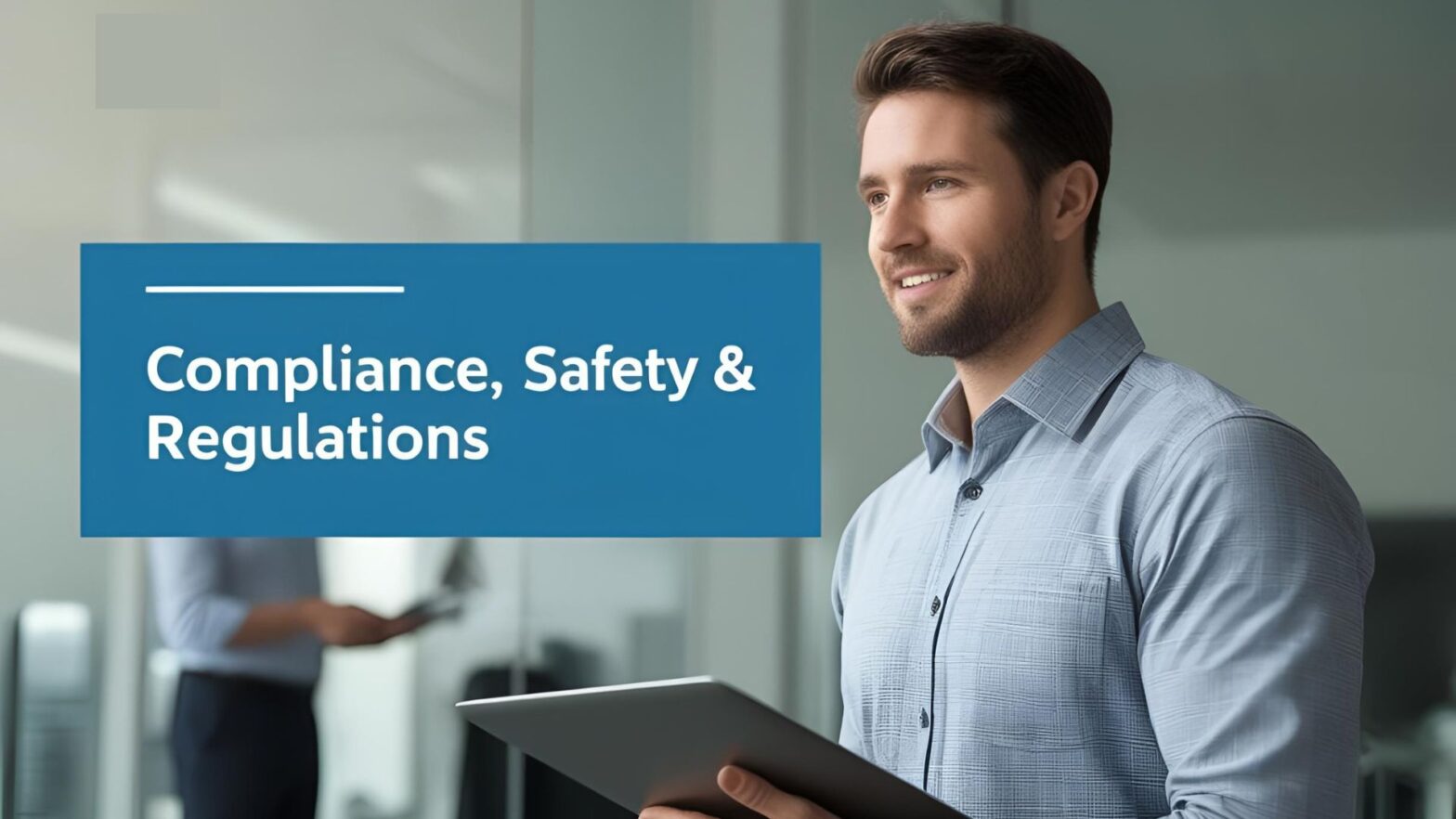When it comes to warehouse safety, proper lighting and visibility play a critical role in maintaining a safe and efficient work environment. Auditors conducting safety checks pay close attention to these factors as they directly impact worker performance, accident prevention, and regulatory compliance. Here’s what auditors typically look for during a warehouse lighting and visibility inspection.
- Compliance with Legal Lighting Standards
Auditors begin by checking if the warehouse complies with local occupational health and safety regulations or national standards, such as OSHA (Occupational Safety and Health Administration) in the U.S. or HSE in the U.K. These standards often specify minimum lighting levels (measured in lux) for different areas of the warehouse:
General warehouse areas
Loading docks
Picking zones
Stairways and walkways
Lighting must be adequate to allow workers to perform their tasks safely without strain or confusion.
- Uniform Lighting Distribution
Uneven lighting can create shadows or glare, which are common causes of accidents in warehouses. Auditors check that light is distributed evenly across all work areas. This includes high shelves, corners, and behind machinery, where poor visibility can lead to missed hazards.
- Emergency and Backup Lighting Systems
In case of a power outage or emergency situation, warehouses are required to have functional backup lighting systems. Auditors examine whether emergency lights are installed in critical areas such as exits, staircases, and emergency routes. They also check the maintenance logs to ensure regular testing and servicing of these systems.
- Visibility of Signage and Pathways
Proper lighting must illuminate all safety signs, floor markings, and walkways. Auditors verify that safety signs (e.g., fire exits, hazard warnings, and forklift traffic signs) are visible and legible at all times. Obstructed or poorly lit signs can lead to confusion during emergencies or routine operations.
- Condition and Placement of Lighting Fixtures
Inspectors evaluate whether lighting fixtures are in good working condition—free of dust buildup, damage, or flickering. Fixtures should be positioned in a way that minimizes glare and does not interfere with warehouse operations, such as forklifts and pallet racks.
- Lighting Suitable for Specific Tasks
Task-specific areas, like inspection stations or packaging zones, often require higher-intensity lighting. Auditors assess whether these areas are adequately lit to support detailed work. They may also check for adjustable task lighting and ensure that workers are not exposed to eye strain.
- Maintenance and Documentation
Routine maintenance is key to keeping lighting systems effective. Auditors look for documentation of regular inspections, bulb replacements, and repairs. A well-maintained lighting logbook demonstrates due diligence and proactive safety management.
- Employee Feedback and Reporting System
Lastly, auditors may review how employee feedback about lighting issues is handled. A warehouse that encourages workers to report dim or faulty lighting—and acts quickly to resolve issues—is more likely to pass an audit smoothly.
Final Thoughts
Warehouse lighting is more than just a matter of visibility—it’s a cornerstone of workplace safety. Auditors focus on lighting and visibility because they directly affect accident prevention, operational efficiency, and compliance with regulations. Staying proactive with lighting maintenance and ensuring your facility meets required standards not only helps pass inspections but also fosters a safer, more productive working environment.


